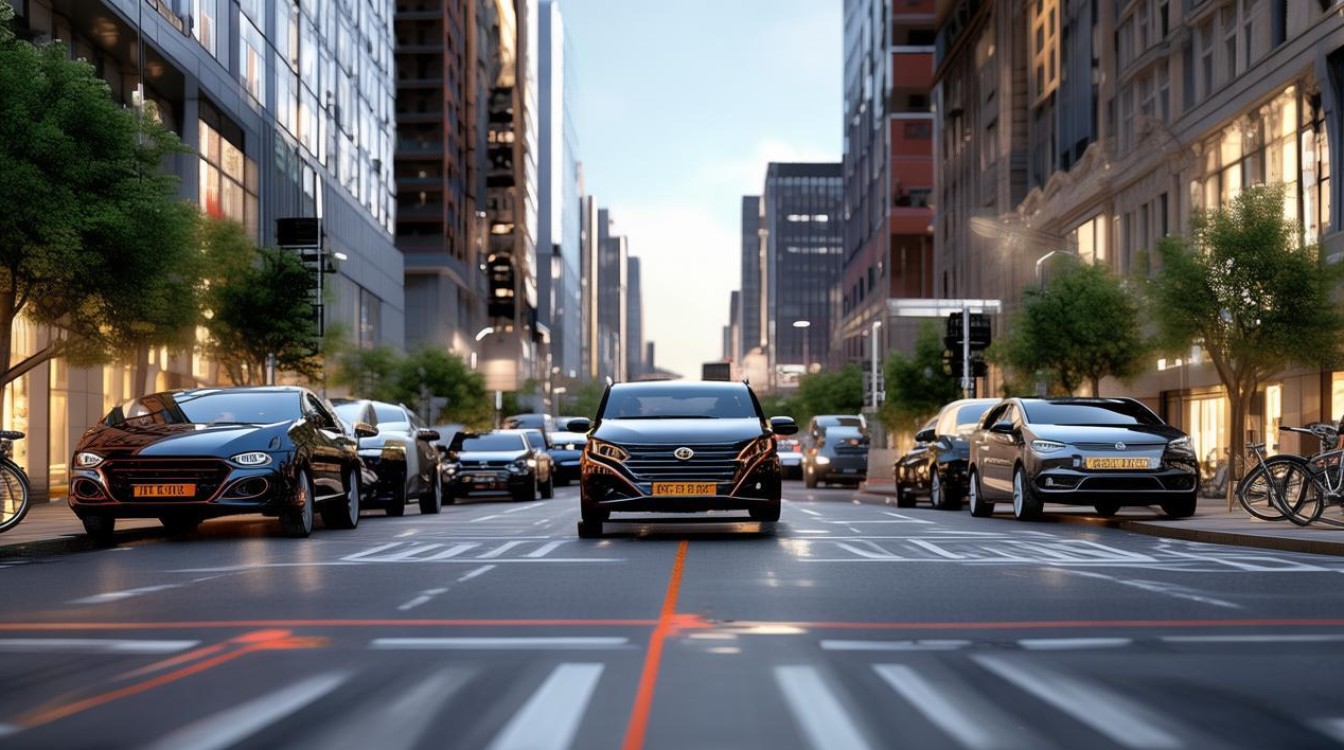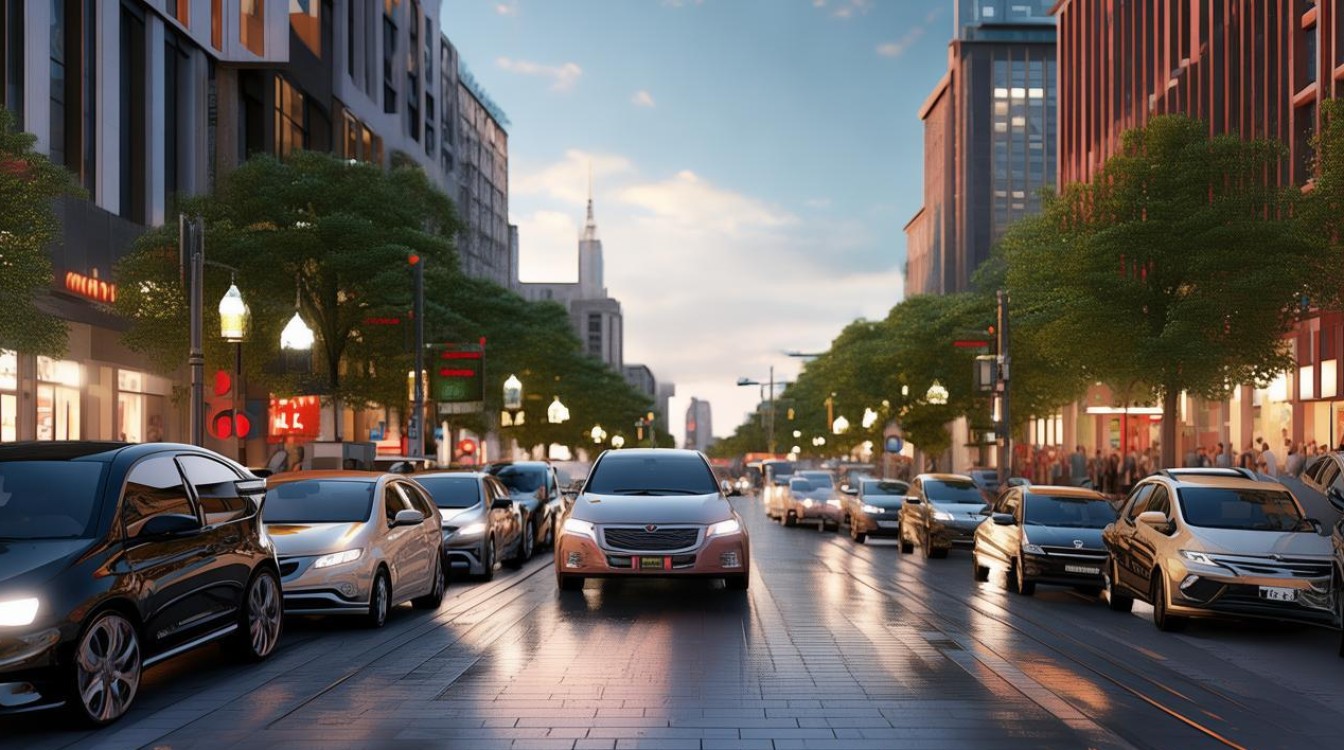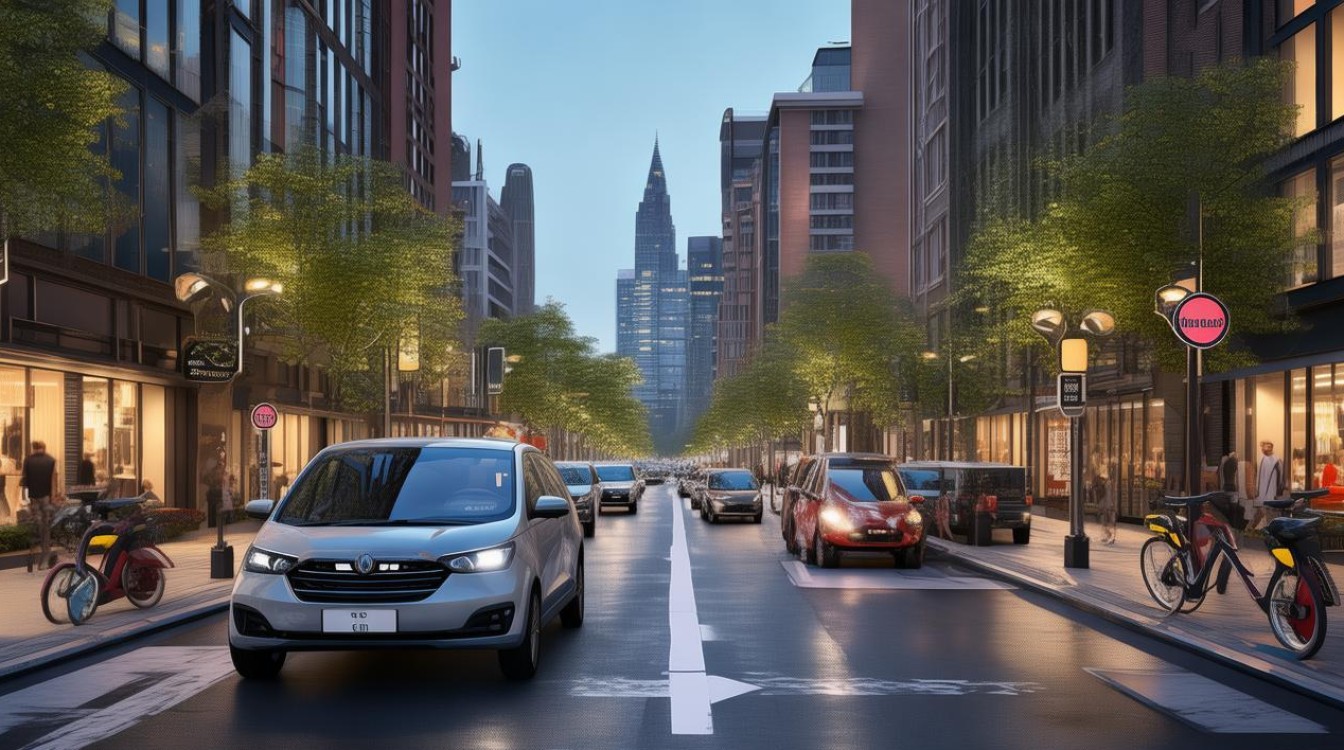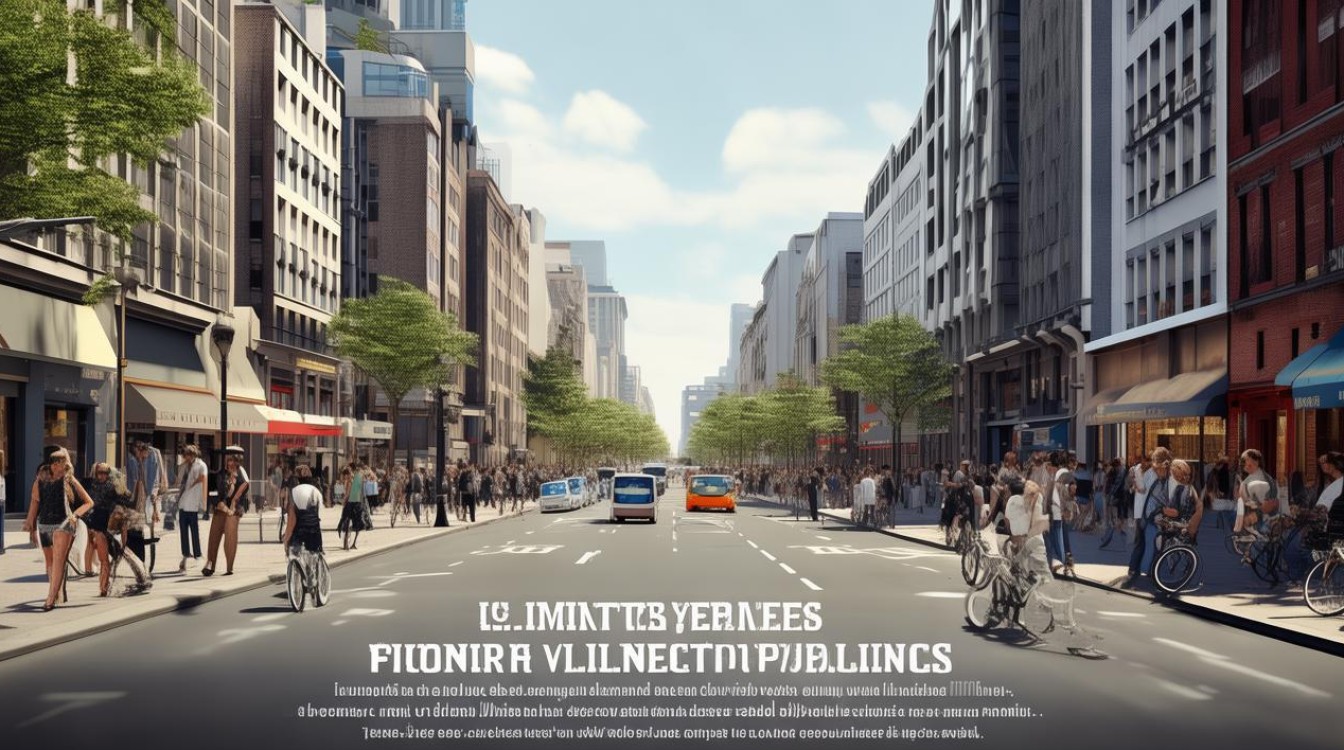The rapid increase in the number of vehicles on city roads has led to severe traffic congestion, air pollution, and a decline in overall quality of life. Many urban centers worldwide are now implementing measures to restrict vehicle usage, aiming to create more sustainable and livable environments. This article explores the reasons behind these restrictions, their benefits, and how cities can effectively manage transportation without over-relying on private cars.

The Growing Problem of Urban Traffic
Cities were not designed to accommodate the sheer volume of cars seen today. Narrow streets, limited parking spaces, and outdated infrastructure struggle to keep up with rising vehicle numbers. The result is gridlock—commuters spend hours stuck in traffic, wasting time and fuel while emitting harmful pollutants.
Beyond congestion, vehicle emissions contribute significantly to air pollution. Nitrogen oxides, carbon monoxide, and particulate matter from exhaust fumes degrade air quality, leading to respiratory diseases and other health issues. Studies show that long-term exposure to polluted air reduces life expectancy, making it a pressing public health concern.
Why Limiting Vehicles Makes Sense
Several cities have successfully reduced traffic by implementing vehicle restrictions. London’s congestion charge, Singapore’s Electronic Road Pricing, and Barcelona’s superblocks are examples of policies that discourage unnecessary car use. These measures encourage people to opt for public transport, cycling, or walking instead.
One major benefit of limiting vehicles is improved air quality. Fewer cars mean fewer emissions, leading to cleaner air and healthier citizens. Cities like Oslo and Copenhagen have seen significant drops in pollution levels after introducing car-free zones and promoting alternative transport methods.
Another advantage is reduced traffic congestion. When fewer cars are on the road, public transport becomes more efficient, emergency vehicles move faster, and commuting times decrease. This boosts productivity and enhances the overall urban experience.

Effective Strategies for Reducing Vehicle Dependency
Simply banning cars is not a practical solution. Instead, cities must adopt well-planned strategies that provide viable alternatives. Here are some effective approaches:
Expanding Public Transportation
A reliable, affordable, and efficient public transport system is key to reducing car dependency. Cities should invest in metro lines, buses, and trams to ensure seamless connectivity. When people have convenient alternatives, they are less likely to rely on private vehicles.
Promoting Cycling and Walking
Creating dedicated bike lanes and pedestrian-friendly streets encourages active mobility. Amsterdam and Utrecht are prime examples of cities where cycling is the norm, thanks to well-designed infrastructure. Safe walking paths also make cities more accessible for all age groups.
Implementing Car-Free Zones
Designating certain areas as car-free, especially in city centers, can revitalize public spaces. Parks, outdoor cafes, and cultural events thrive when streets are reclaimed from cars. Madrid’s "Madrid Central" initiative has transformed the city center into a more pleasant and less polluted area.
Encouraging Carpooling and Ride-Sharing
Reducing the number of single-occupancy vehicles can significantly cut traffic. Apps that facilitate carpooling and ride-sharing help optimize vehicle usage, lowering emissions and congestion.

Introducing Congestion Pricing
Charging drivers a fee to enter high-traffic zones during peak hours discourages unnecessary car trips. The revenue generated can fund public transport improvements, creating a positive feedback loop.
Addressing Concerns About Vehicle Restrictions
Critics argue that limiting vehicles unfairly affects low-income individuals who rely on cars for work. However, well-planned policies should include affordable public transport options and exemptions for essential workers. The goal is not to eliminate cars entirely but to reduce their dominance in urban spaces.
Another concern is the potential impact on businesses. Yet, studies show that pedestrian-friendly areas often see increased foot traffic and higher retail sales. When streets are more walkable, people spend more time—and money—in local shops and restaurants.
The Future of Urban Mobility
The shift towards sustainable transportation is inevitable. As cities grow, continuing to prioritize cars is unsustainable. Instead, urban planners must focus on creating integrated transport networks that prioritize people over vehicles.
Electric vehicles (EVs) are often seen as a solution, but they alone cannot solve traffic congestion. Even with zero emissions, EVs still occupy road space and require parking. A truly sustainable approach combines cleaner vehicles with policies that reduce overall car dependency.

Cities that embrace these changes will enjoy cleaner air, less noise pollution, and more vibrant public spaces. Residents will benefit from improved health, shorter commutes, and a stronger sense of community.
Moving Forward
The debate over vehicle restrictions is not about taking away convenience but about reimagining urban living. By reducing reliance on cars, cities can become more livable, sustainable, and equitable. The transition requires careful planning, public support, and investment in alternatives.
For too long, cities have been designed around cars rather than people. It’s time to prioritize walking, cycling, and public transport to create healthier, happier urban environments. The future of mobility is not about more roads—it’s about smarter, greener choices.

